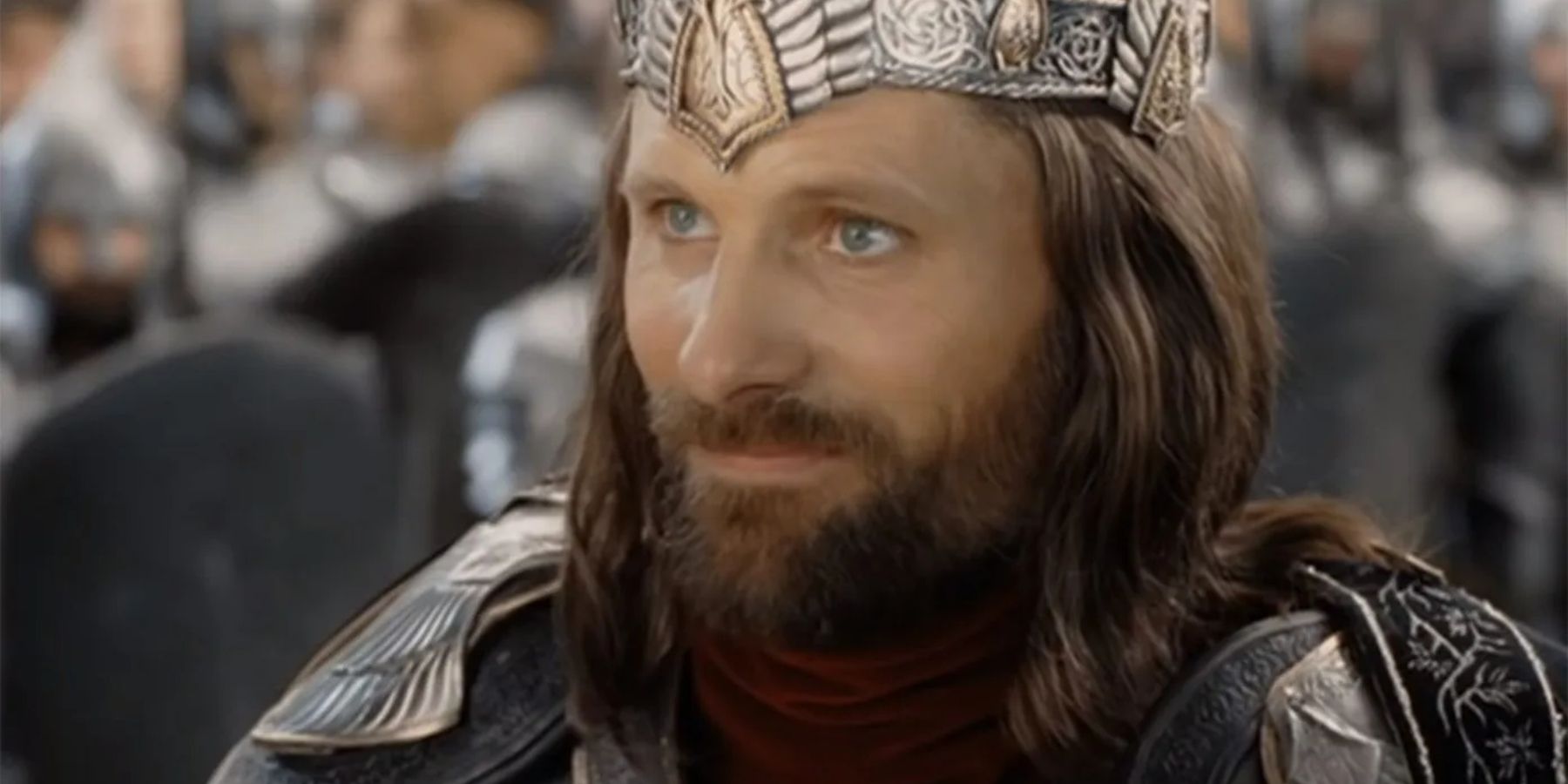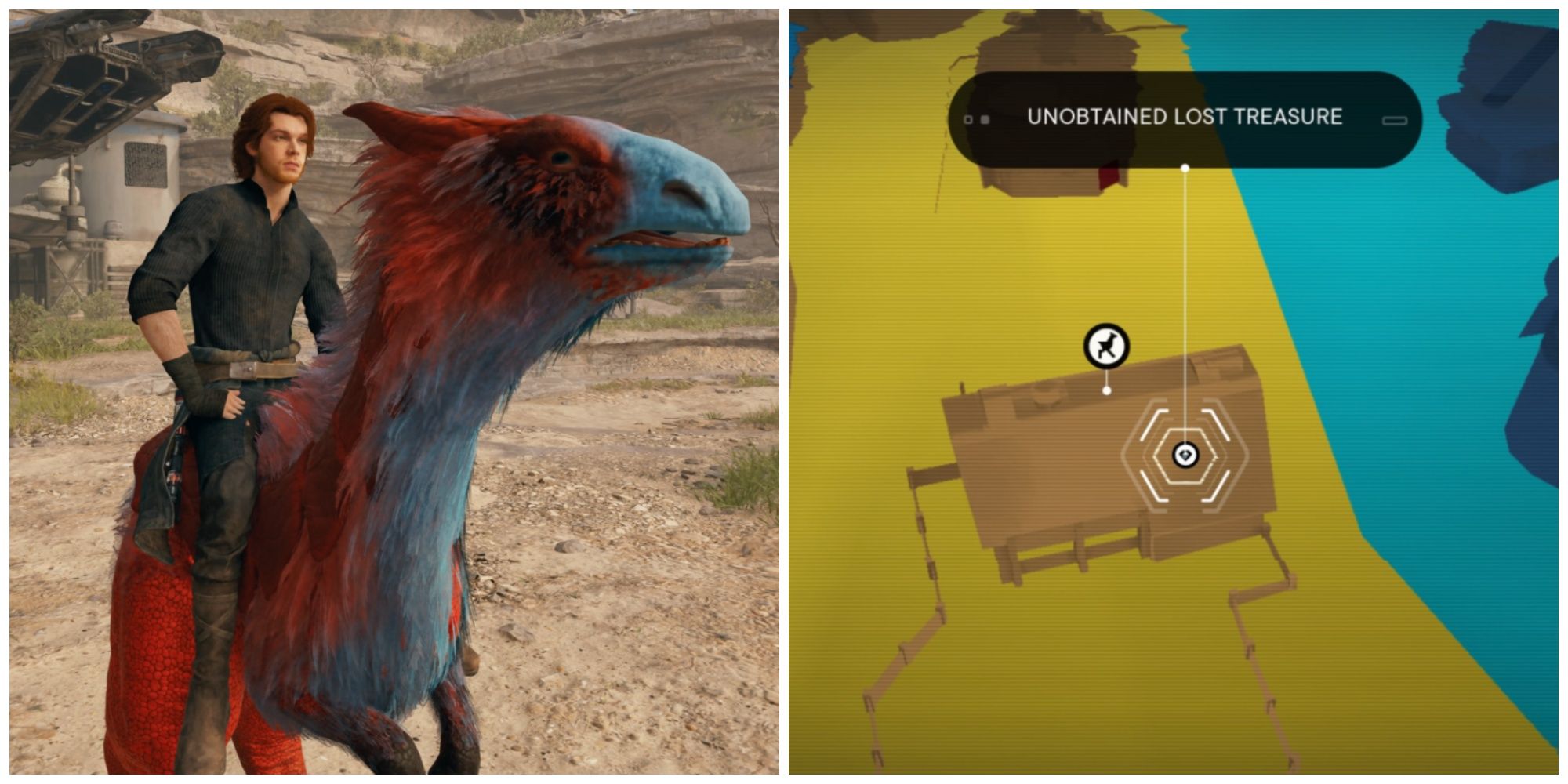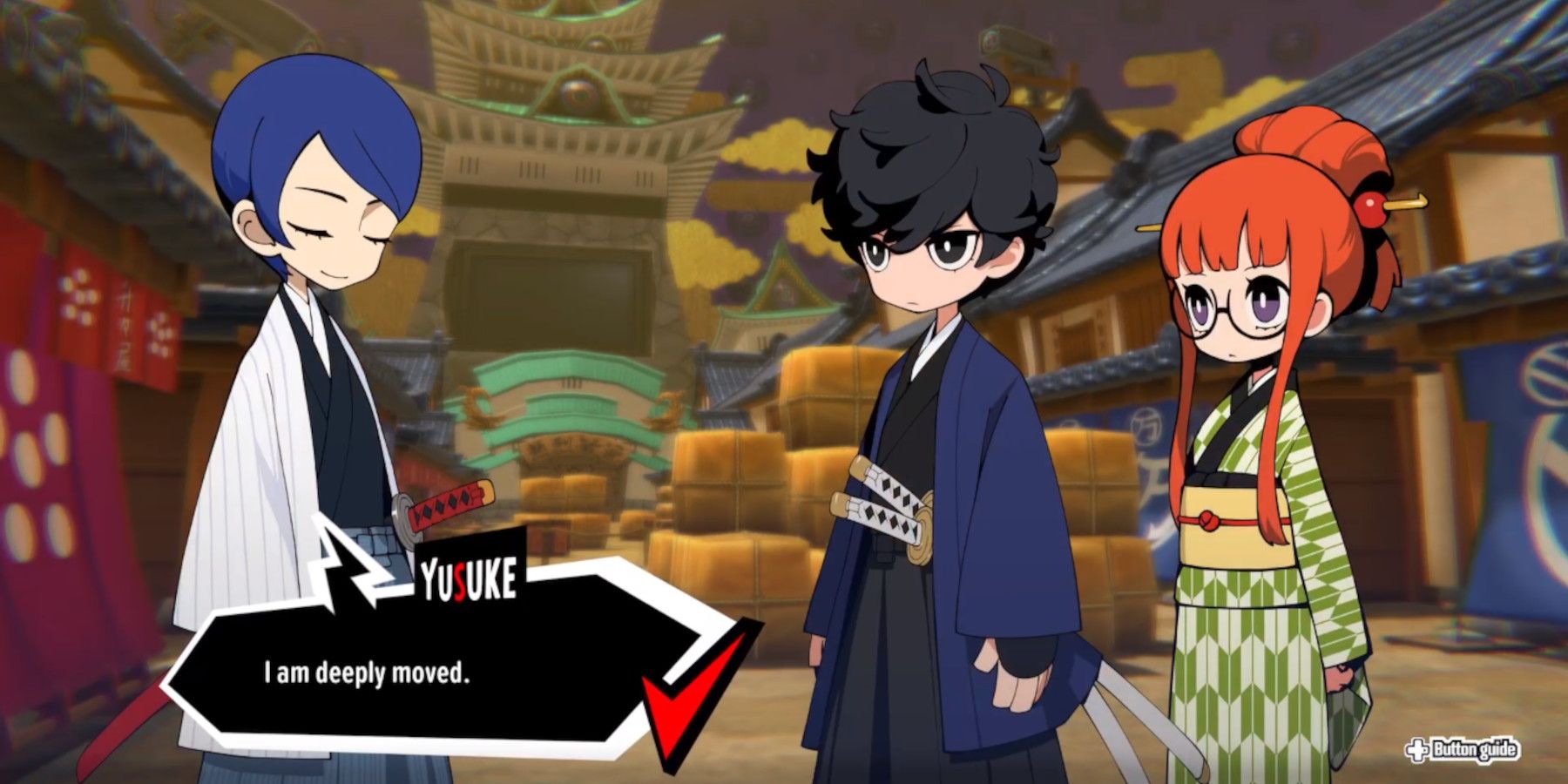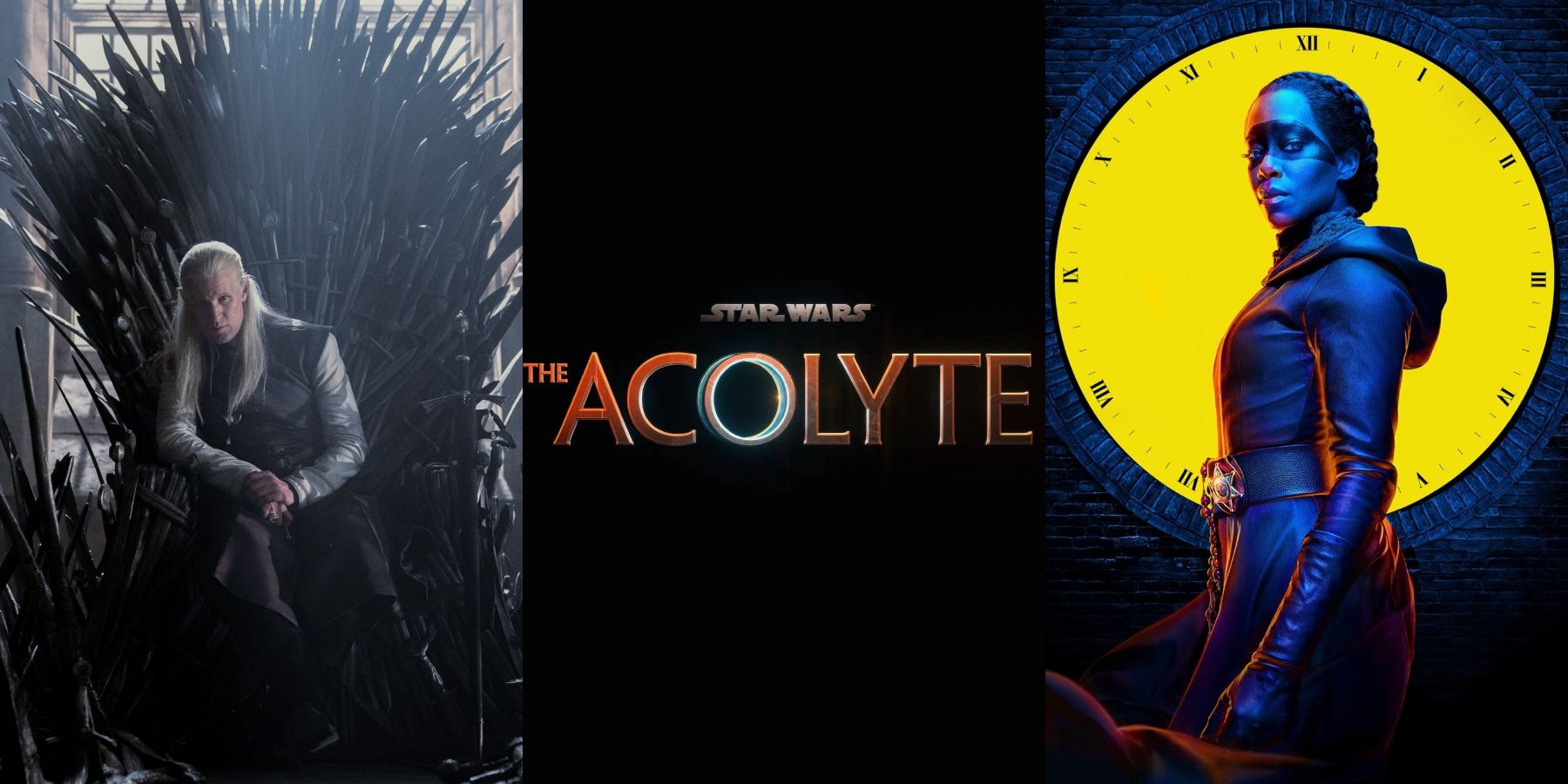Elves christened Males the ‘Secondborn,’ a distinctive title that carries a profound significance, rooted within the filthy rich lore of The Lord of the Rings.
Highlights
- The flee of Males in J.R.R. Tolkien’s Middle-earth is known as the Secondborn as a end result of their awakening after the Elves, earning them a honest build within the expansive account.
- Males occupy the Reward of Males, which grants them mortality and the freedom to form their dangle future, nonetheless their distress of demise and influence from Morgoth has resulted in unfavorable perceptions.
- The Elves agree with various poetic names for Males, such as Atani (2nd Folks), Edain (these with friendly family members), and other descriptive phrases, reflecting the intricate relationships between Elves and Males in Middle-earth.
The rich tapestry of J.R.R. Tolkien’s Middle-earth, as depicted in The Lord of the Rings, is inhabited by various races, each with its dangle engaging traits and roles within the expansive account. On this intricate world, the flee of Males occupies a distinctive and profound build as the Secondborn, one of many two known Younger other people of Ilúvatar, also revered as the One.
Eru Ilúvatar, the singular and all-encompassing being, isn’t correct variety a creator, nonetheless the omniscient, omnipotent, and omnibenevolent power of existence. His presence has transcended the boundaries of time, build eternally inner the Timeless Halls, and his spirit properties the Flame Imperishable, a divine spark that ignites existence from the depths of nothingness. It is from this divine source that all existence in Middle-earth emanates, and it shapes the destinies of Elves, Males, and the myriad creatures that dwell inner this engaging world.
Why were males most frequently known as Secondborn?
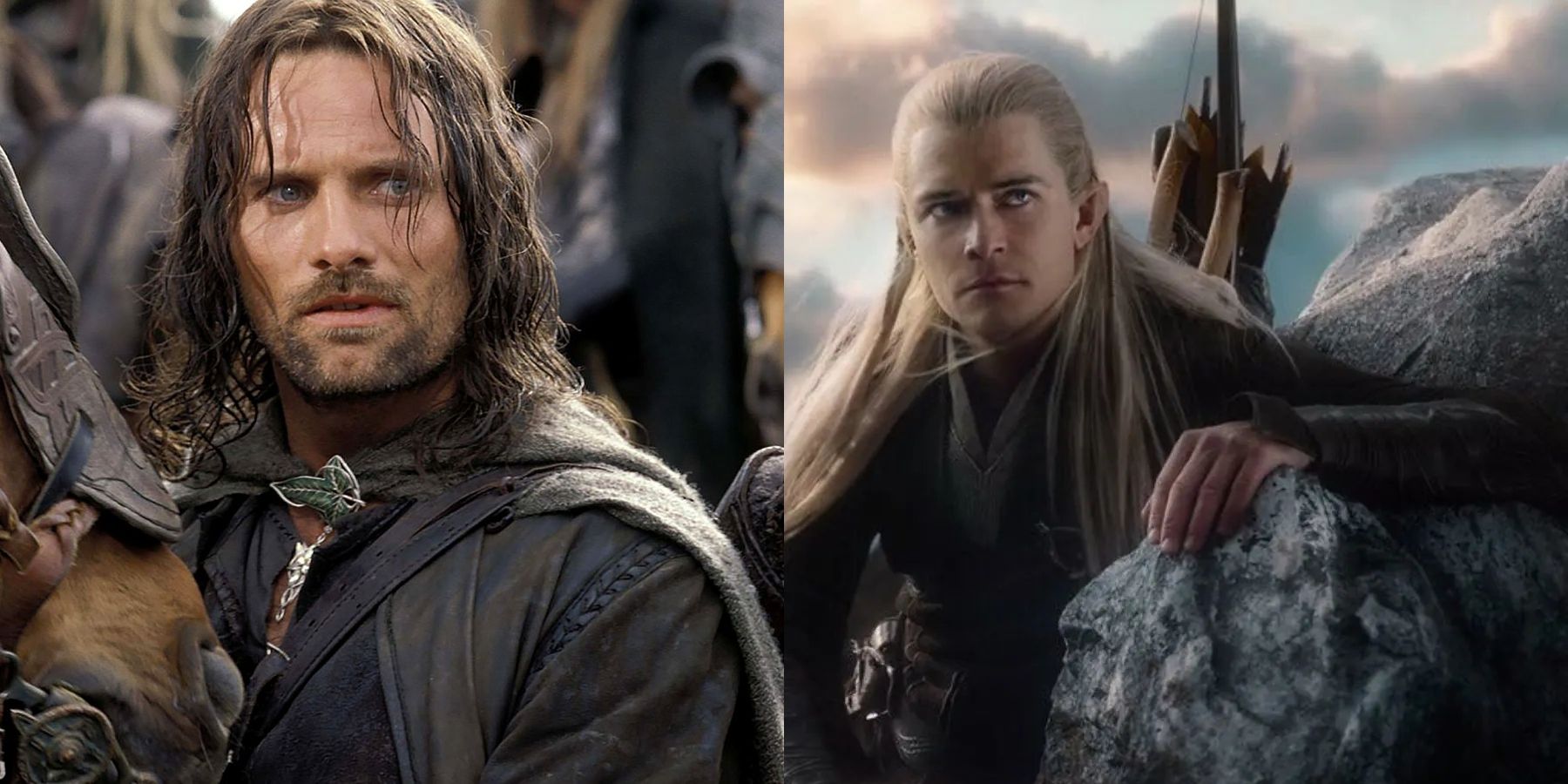
The flee of Males, frequently known as Atani in Quenya and Edain in Sindarin, is known as the Secondborn in Middle-earth. But why this distinction? The resolution lies within the timing of their awakening in The Lord of the Rings lore. Males weren’t the predominant sentient beings created by Ilúvatar in Tolkien’s mythos. As a replace, they aroused from sleep when the Sun first rose within the heavens, which came about behind within the First Age.
In distinction, the Elves, the Firstborn, had aroused from sleep millennia earlier than Males in different regions of Middle-earth. This chronological incompatibility in their arrival earned Males the title of Secondborn. Their awakening took build in a land most frequently known as Hildórien within the a ways east of Middle-earth.
One in every of basically the most traditional aspects that role Males other than the Elves is the Reward of Males – mortality. Elves are immortal, which implies that despite the incontrovertible truth that their our bodies are destroyed, their spirits remain sure to the field and inch to the Halls of Mandos, the build they sit down up for launch or the tip of the field. On the different hand, Males are launched from the boundaries of the field and journey relaxation from its trials.
Ilúvatar granted Males the engaging freedom to form their dangle future. They’re slightly free from the designs of the Tune of the Ainur, a divine theme that formed the field. Alternatively, the influence of Morgoth has led Males to distress their fate. Reasonably than viewing demise as a reward, they repeatedly take into fable it as a doom, a curse.
Morgoth, the Dim Lord, who used to be a renegade Vala, played a serious role within the lives of Males. There’s immense evidence to imply that rapidly after the awakening of Males, Morgoth approached them and incited them to fancy him and flip faraway from Ilúvatar. Sadly, many Males succumbed to this seduction and followed Morgoth.
While the total flee of Males used to be first and predominant swayed by the Enemy, some repented and escaped his influence. These Males, acknowledged to be the ancestors of the Edain, remained steadfast in their loyalty to the Elves within the land of Beleriand. This distinction indirectly resulted in the term ‘Edain’ being applied solely to those Males who were company of the Elves in Beleriand, differentiating them from other Males.
Had been there other names for Males in Middle Earth?
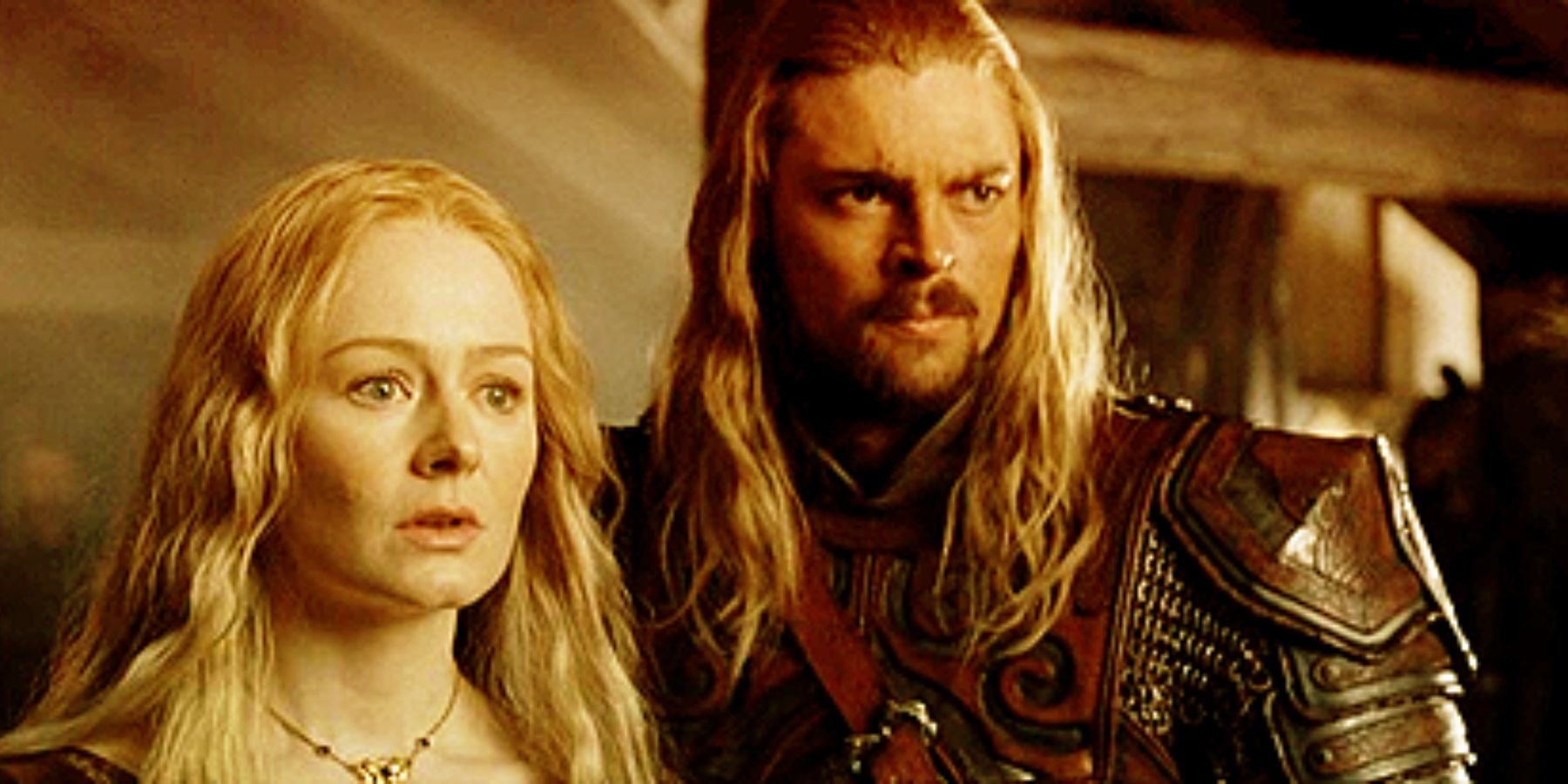
The Elves, ever poetic in their language, had plenty of names for the flee of Males, reflecting their perception and experiences with the Secondborn. In Quenya, they referred to Males as Atani, which translates to “2nd Folks.” Alternatively, the Elves also historical other names such as Hildor, which implies “the Aftercomers,” Apanónar, signifying “the Afterborn,” and Fírimar, which referred to “the Mortals” or Engwar, denoting “the sickly.” In Sindarin, ‘Atani’ turned ‘Edain,’ a term historical to characterize these Males who maintained friendly family members with the Elves in Beleriand. The utilization of this term evolved over time.
While these names spotlight the poetic and expressive nature of Elvish languages, they’re not the finest descriptors for Males in Middle-earth. Various names given to Males included “the Self-cursed,” “the Strangers,” “the Usurpers,” “the inscrutable,” “the Nightfearers,” “the Heavyhanded,” and “the Younger other people of the Sun.” Each of these phrases displays a engaging advise of the relationship between Elves and Males.
Within the First Age, Males who weren’t piece of the Edain were repeatedly frequently known as Rhevain and Hravani, both translating to ‘the Wild.’ These phrases portrayed a honest unfamiliarity and untamed nature attributed to Males who had not but established discontinuance bonds with the Elves.
Because the parable unfolds in Tolkien’s world, some Males, such as the “Unlit Males” and the “Swarthy Males,” would later develop to be most frequently known as the Haradrim and Easterlings, respectively. In J.R.R. Tolkien’s writings, the term “Males” is historical to collectively focus on with human ladies and males. This name transcends time and build, uniting the loads of communities of Males that inhabit Middle-earth.
The designation of Males as Secondborn in The Lord of the Rings isn’t merely a matter of timing nonetheless is deeply rooted within the engaging traits and destinies that distinguish them from the Elves. The myriad names historical to characterize Males in Middle-earth replicate the advanced relationships and perceptions which agree with developed over the ages, additional enriching the tapestry of Tolkien’s timeless and beloved universe.
MORE: 7 Most Out of the ordinary Artifacts within the Lord of the Rings Universe

